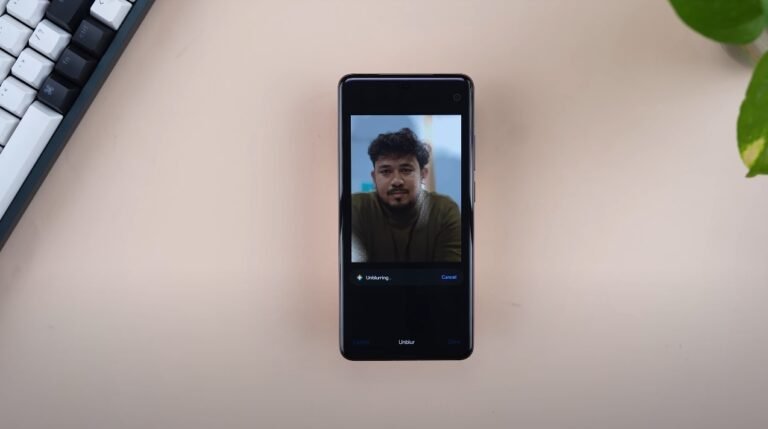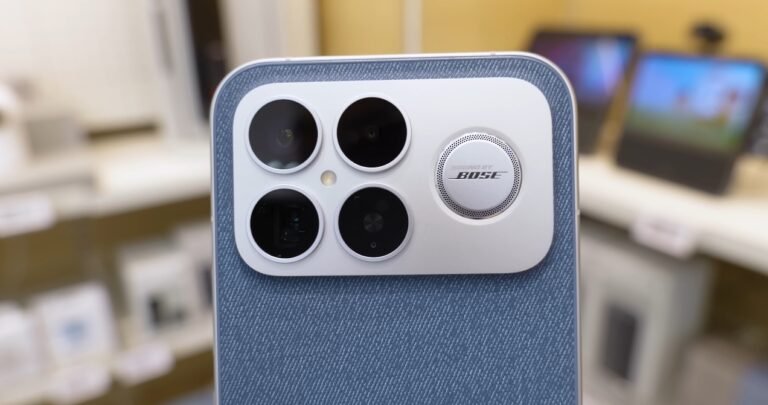Galaxy M17 5G speaker and call quality review

Assessing the real audio experience for everyday UK usage
Samsung’s Galaxy M17 5G continues to get attention across the UK because it is part of Samsung’s modern mid-range lineup built on One UI 7 and long-term update support. But sound quality and call clarity are areas where mid-range phones historically differ a lot. Many buyers in Britain do not realise how important these two factors are until they upgrade and suddenly notice that media playback or phone calls do not feel as polished as they expected. That is why this model’s speaker behaviour and voice clarity deserve a direct examination rather than just a spec sheet mention.
The Galaxy M17 5G uses a single bottom-firing loudspeaker. This is a familiar hardware decision in this segment, but for UK buyers coming from older Samsung A-series handsets or from models with stereo output, the single speaker layout might feel slightly simpler in sound stage. The design places the speaker grille along the lower frame near the USB-C port, and that means audio projects downward or sideways rather than directly toward the user. For watching quick clips at home, it is fine. But the placement means the phone can be muffled easily if the port area is blocked by a hand or set flat on a soft surface.
Volume levels are acceptable for day-to-day video, social media clips, podcasts or voice messages. It is not designed to compete with stereo hardware, but the output is consistent, stable and functional for regular use. Most UK consumers who rely on basic speaker playback in casual settings will not find the phone unusable. The dynamic balance at higher volume does reduce slightly, which is expected in this class, and bass response is limited compared with dual-speaker setups. The device still maintains clarity with spoken dialogue, which is more relevant to everyday real-world life than deep bass.

Call quality is where this phone’s strengths become more visible. The voice ear speaker remains tuned toward clear vocal reproduction and low distortion. Even in dense urban areas, call clarity does not struggle when the device is placed directly at the ear. The microphone array does not pretend to be a noise-cancelling leader, but the phone keeps voice prioritisation stable enough to maintain a fully understandable conversation indoors or outdoors. For UK commuters switching between home Wi-Fi calling and regular mobile networks, the phone manages consistency without becoming distracting.
Many mid-range phones cut corners on call audio processing because it is not a marketing headline. Samsung appears to maintain a dependable processing baseline and keeps audio shaping within predictable bounds. That matters because reliable voice communication is still a core expectation for long-term use, and the M17 5G sits in a category where people often hold onto their phones for multiple years rather than upgrading annually. Improved 5G radio support and a stable One UI network stack also contribute indirectly to fewer dropouts in UK signal environments.
In speakerphone calls, the single loudspeaker means sound direction is limited. For people who regularly take hands-free calls, clarity is fine but projection is narrower. This is manageable in kitchen or living room usage, but in louder places such as outdoor markets, some users may need to raise volume or move closer to the device. British users who rely heavily on speakerphone for work calls might prefer pairing with wireless earbuds to improve privacy and maintain clearer focus in busy environments.
Streaming behaviour on the M17 5G is balanced for casual use. News clips, football highlight clips and everyday reels present clean enough audio without distortion under standard room volume. The speaker maintains intelligibility even at slightly higher volume, though the lack of stereo means you do not get depth or wide spatial imaging. Most UK mid-range buyers currently value screen, software and battery before speaker stage width, and this model reflects that priority realistically rather than artificially pushing audio spec marketing.
Bluetooth audio output remains the smarter route for premium sound. UK music listeners using wireless headphones or speakers will notice that moving audio off the phone body provides a more satisfying result than pushing everything through the single driver. That is common sense for this tier. The core value of the M17 5G is that its internal audio hardware is stable enough for practicality, while external audio routes remain available for higher fidelity.
Overall, the Galaxy M17 5G does not transform the mid-range audio category. But it also does not weaken it. Speaker behaviour is competent and predictable, call clarity is strong enough for everyday usage, and the experience feels aligned with normal mid-range expectations. For UK buyers who prioritise longevity, software support and balanced performance, the M17 5G delivers a dependable call and speaker experience that suits real everyday life rather than chasing unrealistic multi-speaker immersion.






